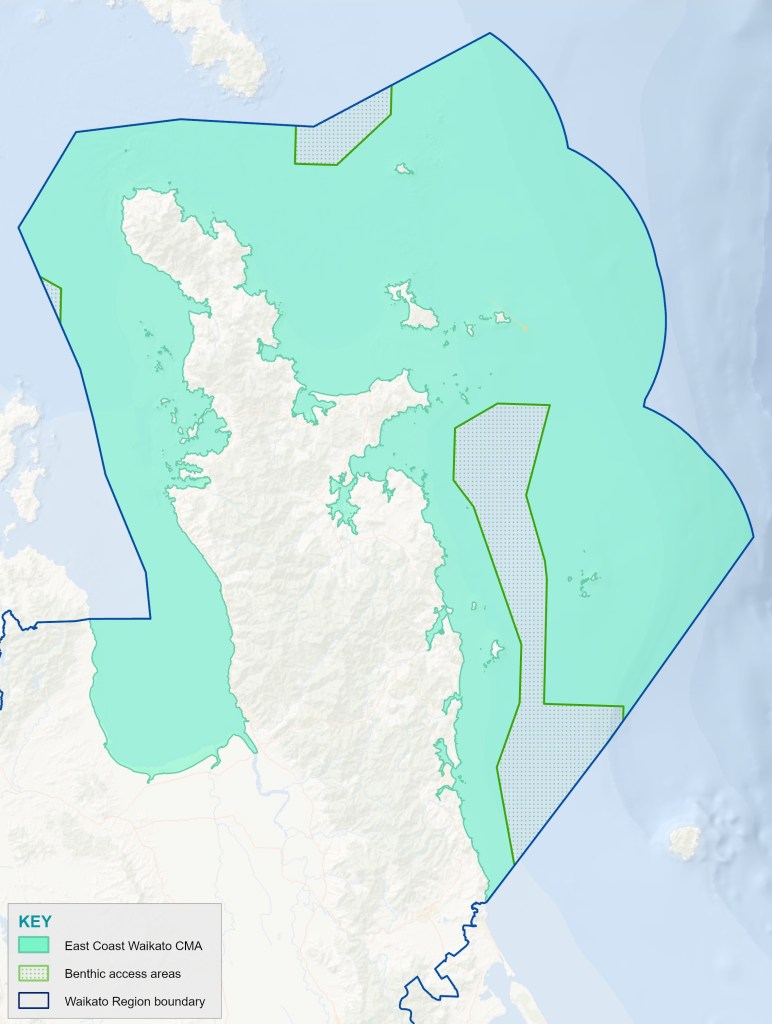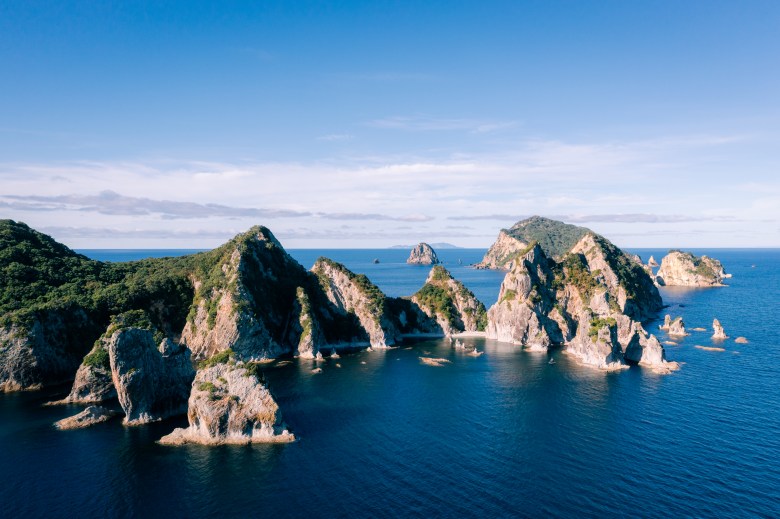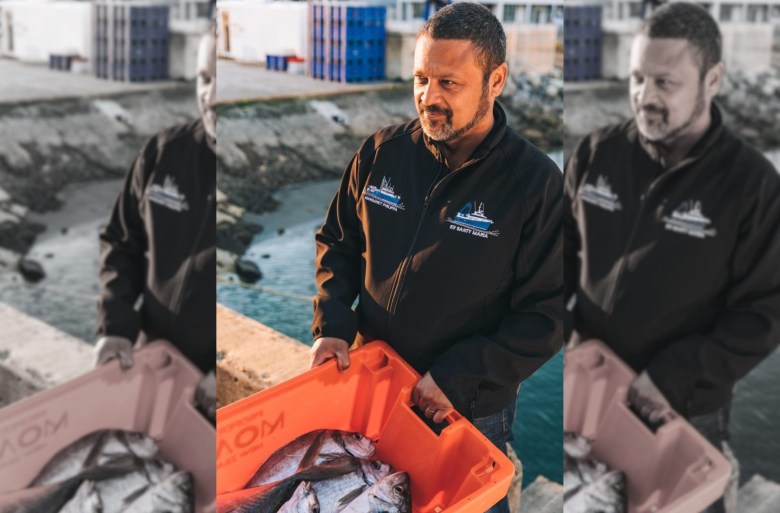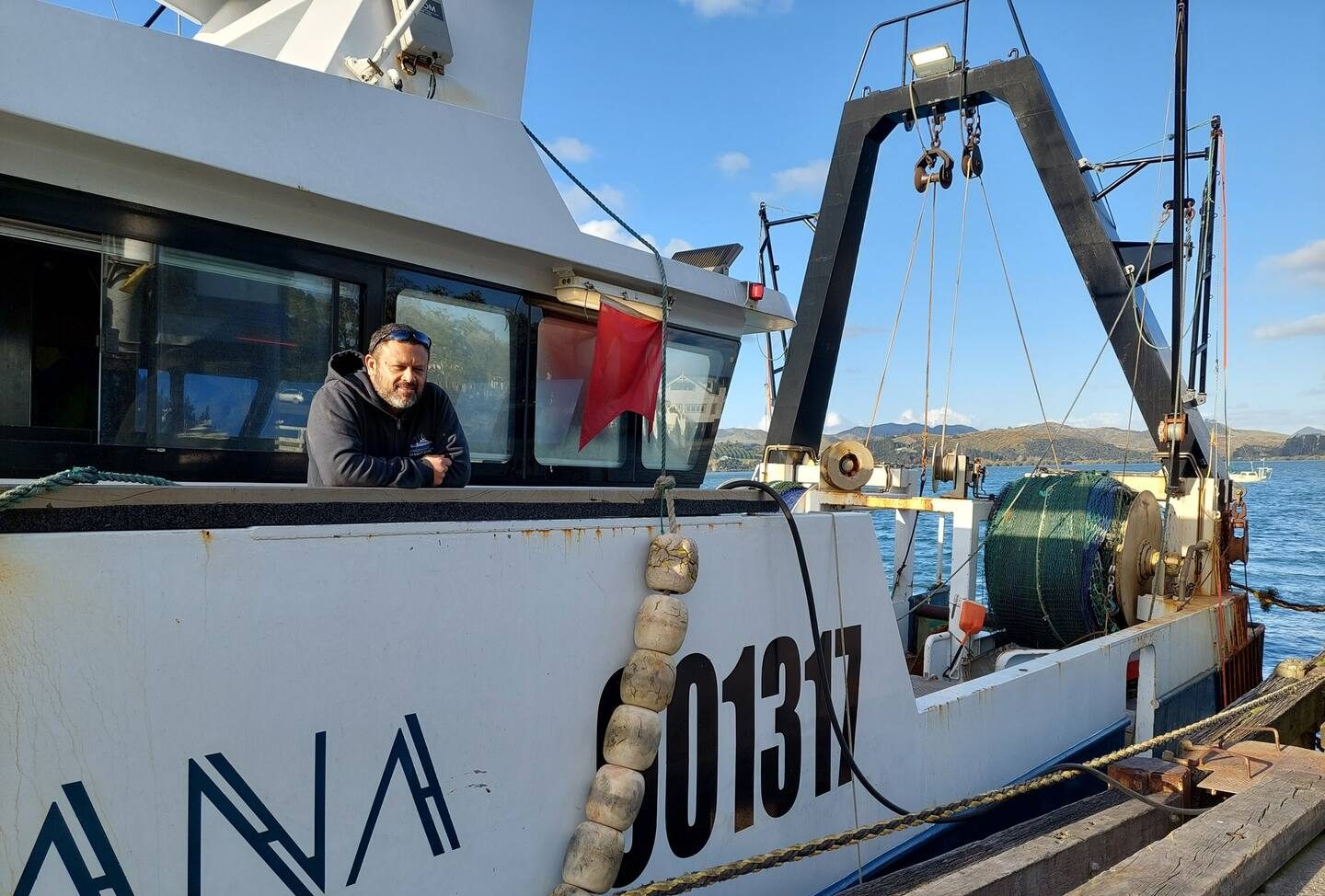The Waikato Regional Council is advancing a plan to close the vast majority of the Coromandel’s coast to bottom fishing in its upcoming coastal management plan.
The plan, which will be publicly notified on October 14, would allow bottom fishing, such as trawling, Danish seine and dredging only along select benthic access areas – mirroring those in the Hauraki Gulf trawl corridor shelved by the Government.
It can easily be read as a reaction to Fisheries Minister Shane Jones’ decision to not progress those corridors, and Jones isn’t pleased, telling Newsroom he was now actively working with RMA Reform Minister Chris Bishop to limit local government involvement in fisheries management.
The Waikato Regional Council’s proposed Coastal Plan has been in the works since at least 2023, opening for public submissions in August of that year. Hearings were held early 2025, and the hearing panel’s recommendations were adopted by the council in late September.
Waikato Regional Council policy and information director Tracey May says prohibition of bottom fishing stems from a request by the Environmental Defence Society.
This rule isn’t part of the operative plan, so bottom fishing can continue until the rule is made operative, subject to any appeals that may be received against the council’s decision in a 30-day window after notification. It could be “several more years away” before the rule is made operative, May adds.
Environmental Defence Society chief operating officer Shay Schlaepfer argues it’s a landmark moment for marine protection in the region. “Obviously we’re very pleased,” she says.
“We put a monumental amount of effort into this case, there were multiple trips to hearings in Hamilton, we had expert planning evidence and expert marine ecological evidence and they did multiple statements.
 The solid green area would be closed to bottom trawling, dredging and Danish seine fishing under the council’s proposed plan. Photo: Supplied
The solid green area would be closed to bottom trawling, dredging and Danish seine fishing under the council’s proposed plan. Photo: Supplied
“We had an in-house lawyer who worked on this almost exclusively for two or three months. We put so much effort into it because we saw the potential and we’re really pleased that it paid off.”
Not everyone is pleased, however.
RMA manipulated
Speaking to Newsroom, Fisheries Minister Shane Jones says regional councils have, over the past 10 to 15 years, managed to carve out space under the coastal policy statement functions in the Resource Management Act to allow themselves to regulate fisheries activity.
“This displeases the fishing industry, obviously, and it creates confusion with the fisheries department.”
Jones is referring to the Mōtītī Protection Area outside of Tauranga, which was created through local government processes and made operative after significant legal action.
“Now the Waikato Regional Council have been out and extended their consultations so that it potentially gives them the authority to stop things like bottom trawling and various other fishing activities.”
It’s something Jones, a self-described industry apostle, won’t take lying down.
“I’m astounded that RMA powers are being manipulated to give anti-development regional council bureaucracies power over the fishing industry. That’s the first thing.
“Secondly, we are already working with Christopher Bishop to ensure that local and regional government don’t displace the statutory role of the fisheries department of the Ministry for Primary Industries.”
‘I really do see this as the start of a movement; it’s the community stepping up. It’s quite exciting to see the Waikato Regional Council enacting and driving change.’
Sam Woolford, LegaSea
He believes fisheries management shouldn’t be handled by multiple organisations – and he’s not sure regional councils should even be a thing (he says that’s an issue for another political cycle).
“I think that in many cases, we need an overarching, centralised point of authority.
“The truth of the matter is that circumscribing areas for exclusive activity is within the purview of DoC and regional councils, but managing the fisheries activity in those areas has historically been the business of the Crown.
“I just see it as inefficient, and it’s an unintended and unwelcome development.
“The optimum situation is for fisheries to be exclusively the business of central government and our fisheries agency.”
 The proposed ban on bottom fishing in the Coromandel area picks up where earlier trawl corridor work was left. Photo: Getty Images
The proposed ban on bottom fishing in the Coromandel area picks up where earlier trawl corridor work was left. Photo: Getty Images
Jones says it would be quite difficult to “retrospectively overwhelm” what the regional council is seeking to put in place. He is taking advice on that, but his major focus is on comprehensive change.
“I’m certainly not a fan of this spreading like some type of ideological convolvulus, and it’s certainly an area that needs to be rationalised, and that’s why the Minister Bishop and I are working closely on the matter.”
But EDS’ Schlaepfer said the Government had already curtailed the ability of councils to manage the impacts of fishing through a recent law change.
The Resource Management (Consenting and Other System Changes) Amendment Act 2025 includes changes “to clarify and constrain the extent to which regional councils can make rules to control fishing for biodiversity and marine protection purposes”.
 Fishing company head Roger Rawlinson would like to see quota cuts to balance the proposed closures. Photo: Supplied
Fishing company head Roger Rawlinson would like to see quota cuts to balance the proposed closures. Photo: Supplied
That includes a decision-making role for the Director-General of Primary Industries to prevent those rules being notified if they would have an undue adverse effect on fishing.
Schlaepfer says the Waikato Regional Council process was already in progress when the act was put into law in August, so it didn’t apply in this instance.
“This is kind of the last case where the council had this ability unfettered by the new constraints that the Government’s put on.”
There are more resource management amendments underway, and Schlaepfer says there is always a possibility of doing some further tinkering with fisheries. “If they were to legislate over this decision, that would be a flagrant disregard of the uncontested evidence that these fishing methods are having a significant impact.”
Industry disappointed
Seafood NZ chief executive Lisa Futschek says she’s “extremely disappointed” to hear the Waikato Regional Council is intending to prohibit certain commercial fishing methods in parts of its coastal waters.
There’s inadequate information to inform the decision and support genuine consultation with those impacted: “The council has strayed beyond its jurisdiction by making fisheries management decisions that fall under the Fisheries Act and not the Resource Management Act,” she says.
Like Jones, she wants the law changed. “Seafood NZ stands by the sector’s commitment to responsible fisheries stewardship and sustainable management, and the importance the industry places on healthy fisheries and marine ecosystems.
“However, decisions related to fisheries management, such as this, should be decided according to the Fisheries Act 1996 and its robust requirements for science-based management and consultation with all affected parties.”
Fisheries management doesn’t fall within local council remits, Futschek says, and the Resource Management Act needs to be amended to support appropriate management. “We now need to get a better understanding of this decision and its implications, which risk undermining science-based fisheries management and endangering livelihoods.”
Schlaepfer disputes that, saying the issues have already been canvassed during the regional council process. “The 2023 consultation on the proposed trawl corridors. I mean, that’s sat idle for two years now. In that vacuum, the regional planning process like this one is really important to deliver biodiversity gains.
“One of the issues that came up in the hearing was, well, the Fisheries Act has the tools to deal with these issues – but we made the point that it’s not and it hasn’t done for a long, long time.
“The most recent iteration of the potential for that to occur was this consultation, which has sat idle, so really, it is a consequence of inaction, and it has got to the point now that the evidence is just so blatantly obvious that someone has to do something.”
Over the moon
LegaSea programme lead Sam Woolford says he’s “over the moon” with what the council has put forward. “We’ve long advocated for the removal of destructive fishing techniques. Obviously, in order to have more fish in the water, we’ve got to prioritise the habitat, the ecosystem, and that revolves around getting rid of destructive fishing techniques.
“If we want to see any sort of fishing in the future, we have to evolve. This was a great first step.”
As a result of central government inaction, Woolford says communities are now looking for solutions within their control. “That’s a direct response to the fact Shane Jones didn’t feel this was necessary and he chose to dismiss the trawl corridors proposal.
“I really do see this as the start of a movement; it’s the community stepping up. It’s quite exciting to see the Waikato Regional Council enacting and driving change.”
The Environmental Defence Society had pushed for an even more comprehensive closure, which would ban all fishing activities, including recreational fishing, from the area. Māori customary fishing would still be allowed.
Schlaepfer says the society has come to the view that the most credible option is the trawl corridor proposal being progressed.
Certainly, a total ban would have angered recreational fishers.
Gordon McIvor is the former president of Mercury Bay Sports Fishing Club and a Whitianga local. He says a total ban on fishing would have been terrible for the local community.
“I opened my submission by saying that I just couldn’t even find the words to describe how devastating such a ban would be on the community.
“We’re a little isolated rural community, and we’ve got two food markets and four tackle shops. Being able to catch kai for your family, or to feed your family is a big part of why people visit or live.”
McIvor is generally pretty supportive of the commercial fishing industry, “but not of destructive bottom contact fishing methods”.
He hopes the restrictions, if made operative, would lead to a focus on a high-value catch that has less impact on the environment.
Industry impact
Roger Rawlinson, and his whānau-owned fishing company, RMD Marine, is one of the outfits that fish up the Coromandel coast.
He’s concerned the restrictions could see fishing effort directed elsewhere, creating areas of overfishing.
But the ban isn’t a blanket one – other fishing methods such as long lining can be used in the wider area.
Could fishers just switch to practices that don’t carry the same environmental impact?
“That’s one argument,” Rawlinson said, “However, with our mixed species, you know you don’t catch John Dory long-lining, you don’t catch trevally long-lining. You don’t catch 10 or 12 of the key species that bottom trawling does catch.”
The economics of pretty much only targeting just snapper through long-lining don’t stack up for him.
He’d prefer the proposal doesn’t go ahead and to keep historic trawling areas open, with more targeted closures of important marine areas.
If the proposal does go ahead, he’d like to see associated cuts to quota to stop the fishing effort from being directed elsewhere. “I’m about sustainability. I own six vessels, I catch nearly 7000 tons of fish, so I’m out there all the time.”
The problem with that is the restrictions are being created in a process separate to Fisheries NZ.
“I know firsthand where the good spots are and where they’re not. Because if I didn’t, I wouldn’t be in business, and I wouldn’t want areas that are very productive, good fishing spots, to then be overfished because we’re not allowed in the now-closed areas. That’s not good, sustainable science, is it?”

